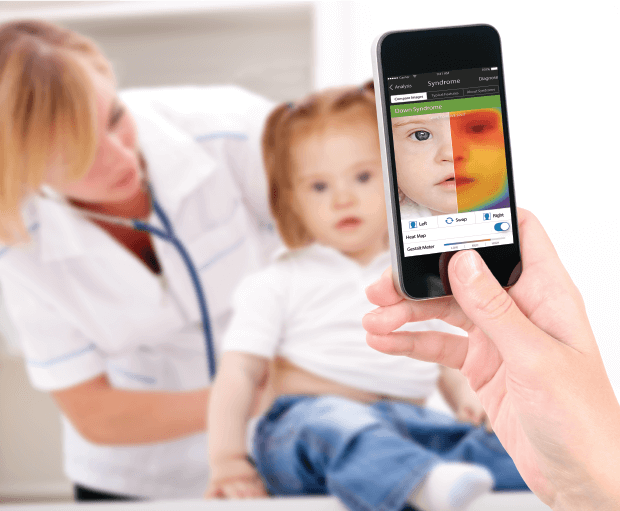Extremely Rare Conditions
All rare diseases and conditions are, as the name suggests, rare. However some are more rare than others. In the US, a rare disease is defined as one that affects less than 200,000 in the entire country. However, each rare disease has its own prevalence rate, and some are extremely rare with just a handful, or sometimes only 1-2, of individuals affected globally.
Hutchinson-Gilford-Progeria syndrome
This extremely rare condition is believed to occur in around 1 in every 4 million live births. Since it was first identified and named in 1886-7, there have been just 130 diagnosed cases of this very rare syndrome.
The life expectancy of someone with this syndrome is low, with most individuals rarely making it past their early teenage years. The symptoms of this extremely rare disease are very severe and affect multiple parts of the body.
The most severe symptom identified with this syndrome is premature ageing. This ageing tends to start within the first two years of an affected individual’s life. What this premature ageing then triggers is a series of symptoms and medical conditions which end up to be life threatening. These include slowed physical growth, the loss of body fat and hair, dislocations of the hip, joint stiffness and heart disease and stroke. Heart disease tends to be the leading cause of death amongst those with Hutchinson-Gilford-Progeria.
This extremely rare condition is the result of gene changes in 3 identified genes. These genes are responsible for the body’s production of Lamin A, a material which holds the nucleus of the cells in place. A lack of Lamin A due to specific gene mutations creates an unstable nucleus in the body’s cells, and in turn premature ageing.
This extremely rare condition is not necessarily easy to diagnose, and some symptoms may not be noticed until an affected individual reaches adulthood. Its exact prevalence is not known, and it is estimated to occur in anywhere from 1-250,000 to 1-1000,000 live births in the US. It has been found to be more prevalent in some parts of Slovakia and the Dominican republic. In Slovakia, the estimated prevalence is believed to be around 1-19,000 live births.
However this genetic condition presents with a wide variety of symptoms affecting multiple parts of the body. These symptoms include growth delay, hearing issues, high blood pressures, abnormal metabolism, ear abnormalities, heart defects, nose abnormalities, issues with the urinary system, nail abnormalities, hyperpigmentation of the skin that is not regular or even, limited joint movement, reduced density of the mineral in the bones, and other medical conditions.
Genetic diagnosis and counseling
Extremely rare conditions can be difficult to diagnose. Awareness about rare conditions and diseases in general is low, and often even more so when it comes to very rare ones. This can make it difficult to diagnose them, when little is known about their causes and symptoms.
An accurate genetic diagnosis requires expert genetic counseling services in order to help an individual and family understand their symptoms of an extremely rare condition within the context of their family’s medical and genetic history, and within the context of our understanding of how specific syndromes are inherited.
The more we understand about extremely rare conditions and diseases, the better able we are to improve the accuracy of diagnosing them. This in turn connects rare disease patients to the necessary support for their condition.







